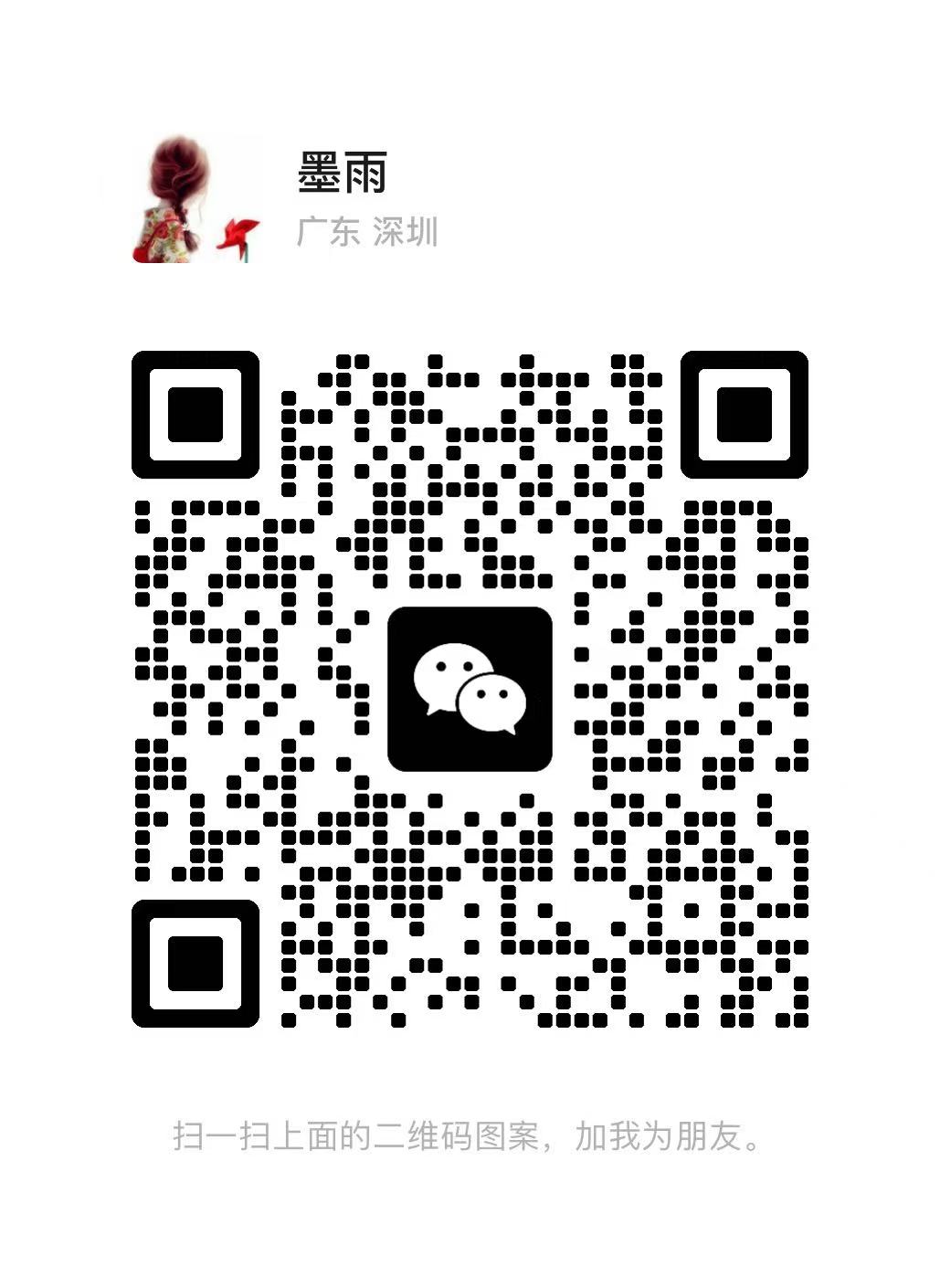How to Weigh Yourself Without a Weight Scale?
1. BODY FAT CALIPERS
Ranked among the most precise methods for assessing body fat without relying on a scale, body fat calipers stand out as a top choice. If you struggle to locate body fat calipers, you might find them more readily under their alternative name, skinfold calipers.
These calipers facilitate what's known as the "pinch test" to gauge body fat percentage. Specifically, they estimate the thickness of subcutaneous fat, located beneath the skin in specific areas of the body.
Measurements are typically taken at 3, 7, or 10 points, varying between genders. For men, common measurement points include:
• Chest
• Abdomen
• Thigh
• Triceps
• Shoulder blades
Once measurements are obtained, they are inputted into a formula to compute body fat percentage.
How to Use Body Calipers:
Generally, measurements are taken on the right side of the body. Begin by pinching and folding the skin at the designated point, such as the chest or abdomen, using your left hand. Form a "C" shape with your thumb and index fingers to securely hold the pinched skin.
Next, grasp a caliper with your right hand. Hold it perpendicular to the pinched skin and position the jaw around the skinfold, while still maintaining hold of the skin with your left hand.
Using your right thumb, apply pressure as indicated on the caliper to lock it in place. Remove the caliper from the skinfold and record the measurement. Repeat this process three times at the same spot, and then use the average in the formula to calculate body fat percentage.
Repeat the procedure for each desired measurement point. Over time, you'll compile a record of your progress, instilling a sense of accomplishment and pride.
When employing calipers for body fat assessment, it's vital to consistently grasp the same amount of skin at precisely the same point on the body and at the same time of day during each measurement session, typically conducted monthly.
Although self-application of calipers is feasible, it's more common to seek assistance from a personal fitness trainer or physician. Accuracy hinges on precision and adherence to correct measuring techniques.
2. BIOELECTRICAL IMPEDANCE ANALYSIS (BIA)
A Bioelectrical Impedance Analysis (BIA) device uses small electrical currents (you cannot feel the currents) that run up and down your legs to measure body density. Even though they are quick and easy to use, they are not always accurate; meaning if you are going to spend your money on a techy device, there are better things worth putting that money to. If you want a BIA device that is more reliable, you will need to have access to a medical office in order to use one.
3. GOOD OLD MEASURING TAPE
While it may seem like a method of yesteryear, the measuring tape remains a steadfast ally in tracking progress, regardless of its vintage. Even in the digital age, its utility endures. When using a measuring tape for self-assessment, precision is paramount. But what if you find yourself without a helping hand? Fear not, the process is straightforward:
• Firstly, bear in mind that your measurements remain stable over time, hence, it suffices to measure yourself every 4-6 weeks.
• Secondly, consistency in measurement placement is key. The waist circumference serves as a reliable gauge of fat loss, making the belly button an ideal reference point.
• Hold the flexible tape parallel to the ground and encircle it around your waist, anchoring the starting point at your belly button. Note the measurement aligned with the initial point after fully wrapping the tape around your waist.
• Repeat this procedure every 4-6 weeks to monitor your progress.
In addition to the waist, other areas suitable for tracking changes due to weight loss or muscle gain include the neck, biceps, triceps, thighs, and/or calves.
4. BEFORE AND AFTER PHOTOS
To have a successful weight loss journey many fitness professionals visually documenting it with progress pictures. Not only can you see changes to your body, but it also gives you a chance to celebrate your success.
Being able to see the results will keep you motivated and accountable, especially if sharing your progress with friends, family, or even on social media. When other people around you start noticing the differences, they will encourage you and provide the support that you may need on days you feel less motivated.
For the photos to be effective, make sure to take the photos in the same place and wear the same clothes. Keep in mind the more skin you show in the photos, the better you will be able to see the results.
This is why many people choose to wear swimsuits for their before and after photos. If you do not have someone to help you take the photo for you, propping up your phone camera and using the timer setting will work just as well.
5. REVISIT YOUR OLD CLOTHES
Do you stash away a pair of jeans at the back of your closet, harboring hopes of fitting into them again one day? Well, it's time to retrieve them and put them to the test. If you've been diligently working towards shedding those extra pounds, slipping into your old clothes can serve as a tangible gauge of your progress. You might even be pleasantly surprised by how comfortably they fit now!
6. WATER DISPLACEMENT AND ARCHIMEDES' PRINCIPLE
From this point forward, we delve into more scientific methods for weighing yourself without a scale. So, roll up your sleeves, don your "smart pants," grab a calculator, and let's dive into the world of science. For those inclined towards scientific inquiry, let's begin with the widely-used water displacement method, grounded in Archimedes' Principle.
Please note, while this test provides results, they are not entirely precise and should be viewed as estimations. To conduct a water displacement test, gather the following materials:
• A bathtub or a sufficiently large container
• Access to water
• Non-permanent marker or grease pencil
• Assistance from another person
• Calculator
• Tape measure or ruler
To perform the test, fill the bathtub or container with enough water to fully immerse yourself. While submerged, your assistant will mark the water level using the marker or grease pencil.
Ensure no water spills over the edges of the tub or container. Once your assistant has marked the water level, you can exit the water. Then, mark the water level again where it remains in the absence of your presence.
Using a tape measure, determine the vertical distance between the two marks and record this value. Plug this recorded value into the Siri Equation, a formula utilized to estimate body fat percentage.
Repeat this procedure every few weeks and compare the results. If the volume obtained is higher than before, it suggests weight gain since the previous test. Conversely, a lower volume indicates weight loss.
7. KEEP A FOOD DIARY
Another great way to keep yourself accountable is to start keeping track of what you eat in a food diary or journal. This provides another visual representation of your goals and progress. In a world based on technology, there are tons of food tracking apps you can download.
By having the food diary on your phone, it will be easier to record what you eat and make sure you stay on track. When tracking your food, don’t forget to include the amount of water you drink and any supplements you take every day, such as a fat burner or a whey protein.
For the ambitious, you can combine a food journal, before and after photos, and monthly measurements to your weight loss plan to see the best results and have the most self-accountability!
8. BOD PODS
Formally known as Air Displacement Plethysmography (ADP), a Bod Pod resembles an egg-shaped chamber where you spend a brief period, typically just a few minutes, as it employs air to estimate your body fat percentage based on body density. For precise measurements, it's essential to wear form-fitting attire during the assessment.
While seated inside a Bod Pod, it calculates your body density by analyzing the relationship between volume and air pressure. Despite their remarkable accuracy, Bod Pods are often expensive and challenging to access. Those interested in experiencing a Bod Pod assessment may consider contacting local universities, where such facilities might be available.
9. FULCRUM / SEE-SAW METHOD
The see-saw method, also referred to as the Fulcrum method, can actually be a fun experiment for those who are able to do it and it is more accurate than a water displacement test. In order to complete the see-saw method, you will need the following:
• Multiple 1-gallon cans of paint
• A see-saw
• Someone to help you
• Pen and paper
• Calculator
Once you have all the materials set up, you will need to sit on one end of the see-saw while your friendly assistant sets cans of paint on the other end one at a time until the see-saw is level.
If you do not have someone to assist you, it is still possible to complete the test, you will just have to guesstimate how many gallons of paint you need to start and continue adding one by one yourself until it will stay level with you are sitting on it.
Next, take the number of cans on the see-saw and multiply by 8.33 pounds (the weight of a gallon) to get a solid estimate of how much you weigh. You can then record this number to compare with future results.
Conclusion:
In exploring various methods for measuring body weight and fat percentage without relying on a scale, several techniques emerge, each with its own merits and considerations. While body fat calipers offer precise estimations of body fat percentage, the use of a weighing scale remains one of the most direct and commonly used methods among these approaches. However, other methods such as bioelectrical impedance analysis (BIA), before and after photos, revisiting old clothes, and keeping a food diary also provide valuable insights and accountability.
In comparison, more advanced techniques such as water displacement and Bod Pods offer scientific precision but are often costly and less accessible. The fulcrum or see-saw method provides an interesting alternative, offering accuracy comparable to water displacement but requiring less specialized equipment.
Although weighing scales have advantages in terms of accuracy and availability, each method has its own applicability and limitations. Ultimately, choosing the appropriate measurement method depends on individual preferences, goals, and available resources.













